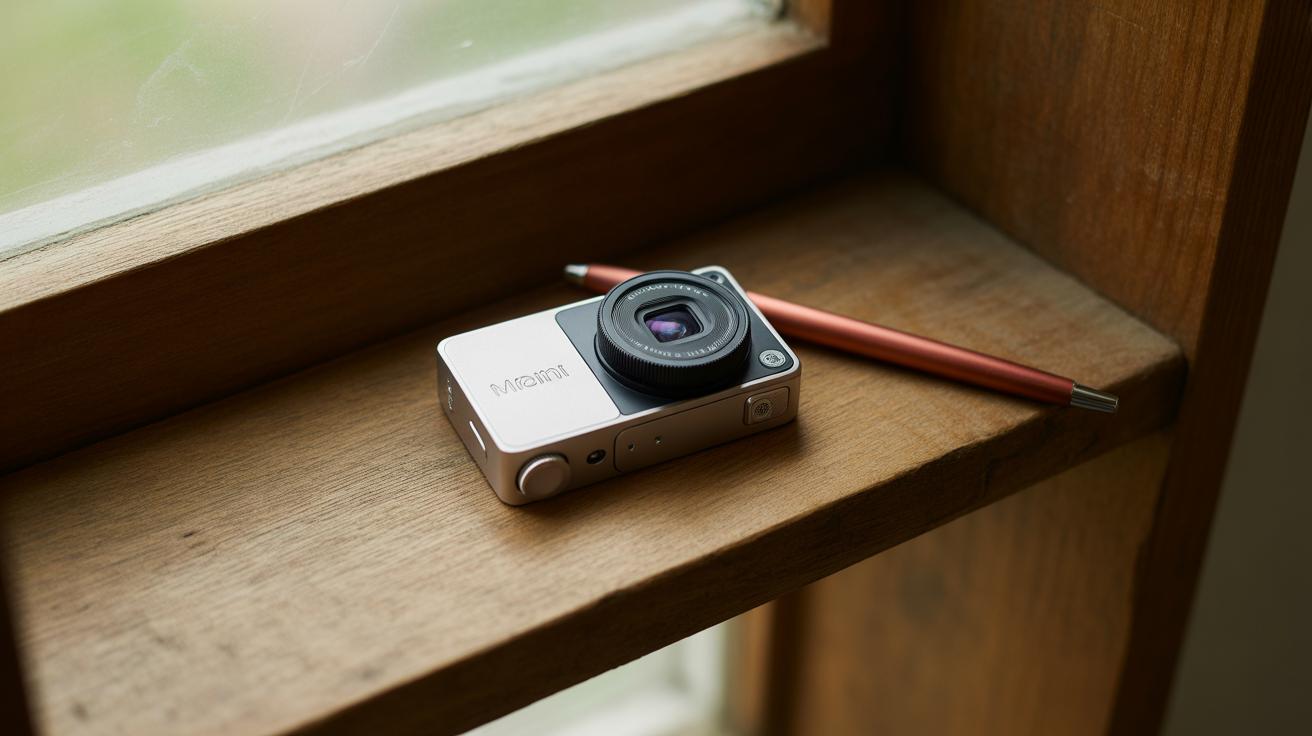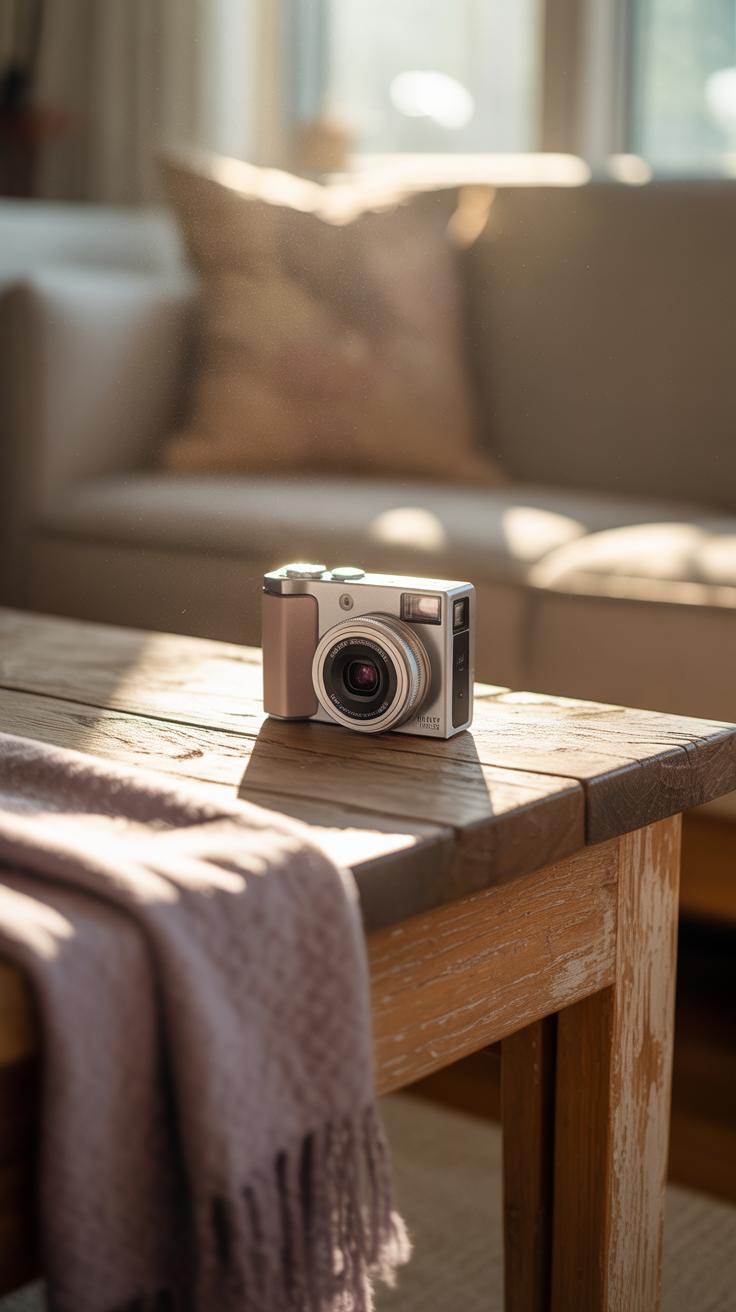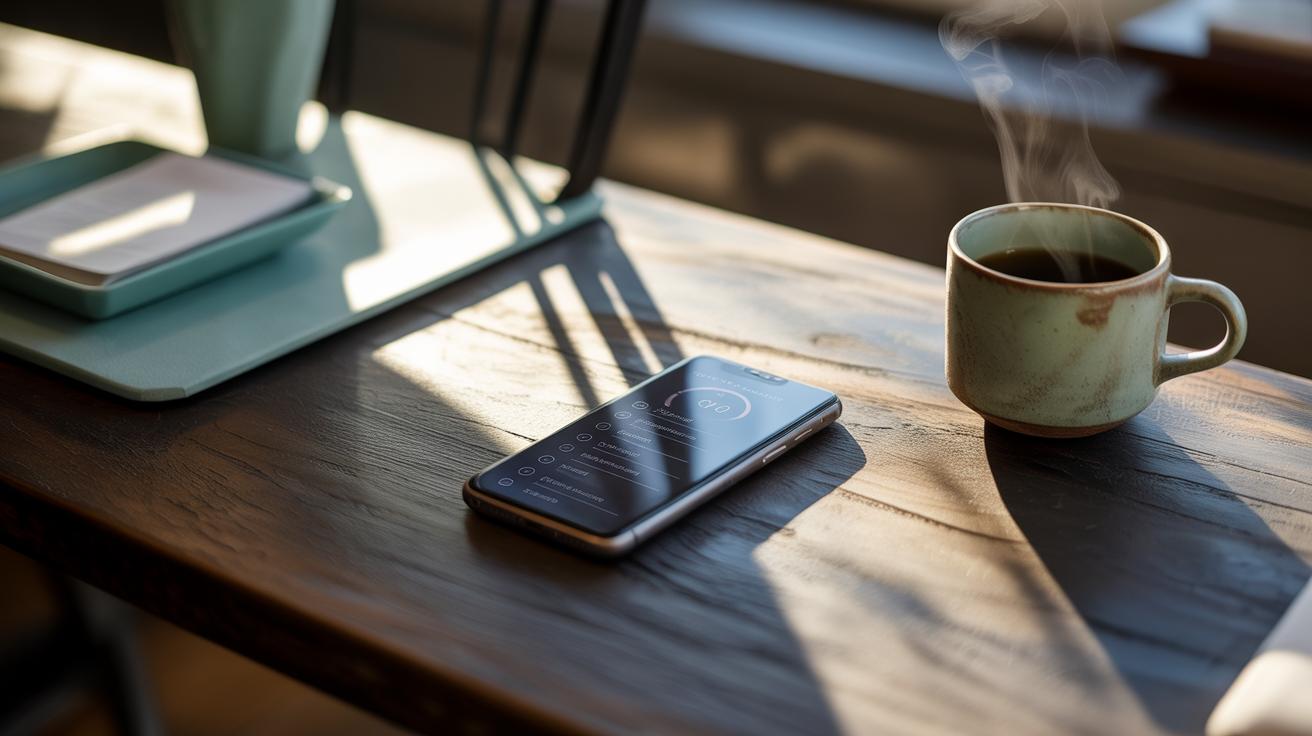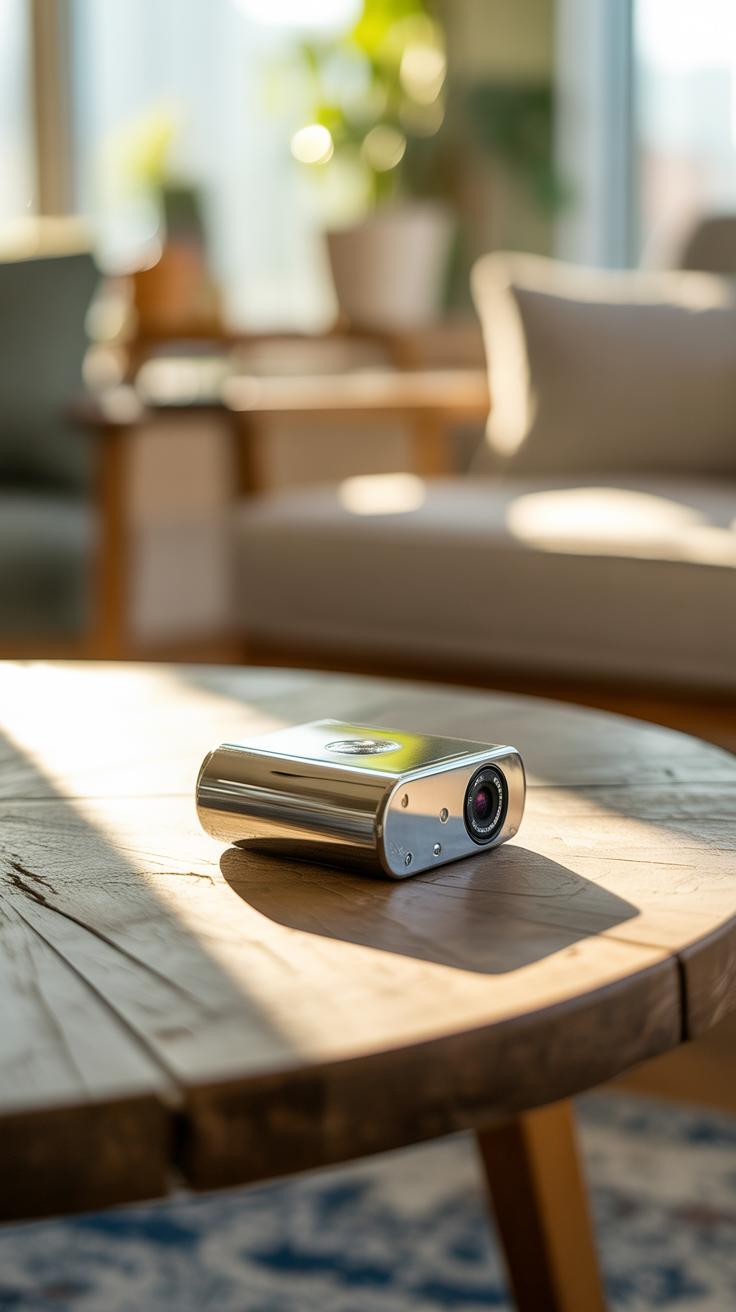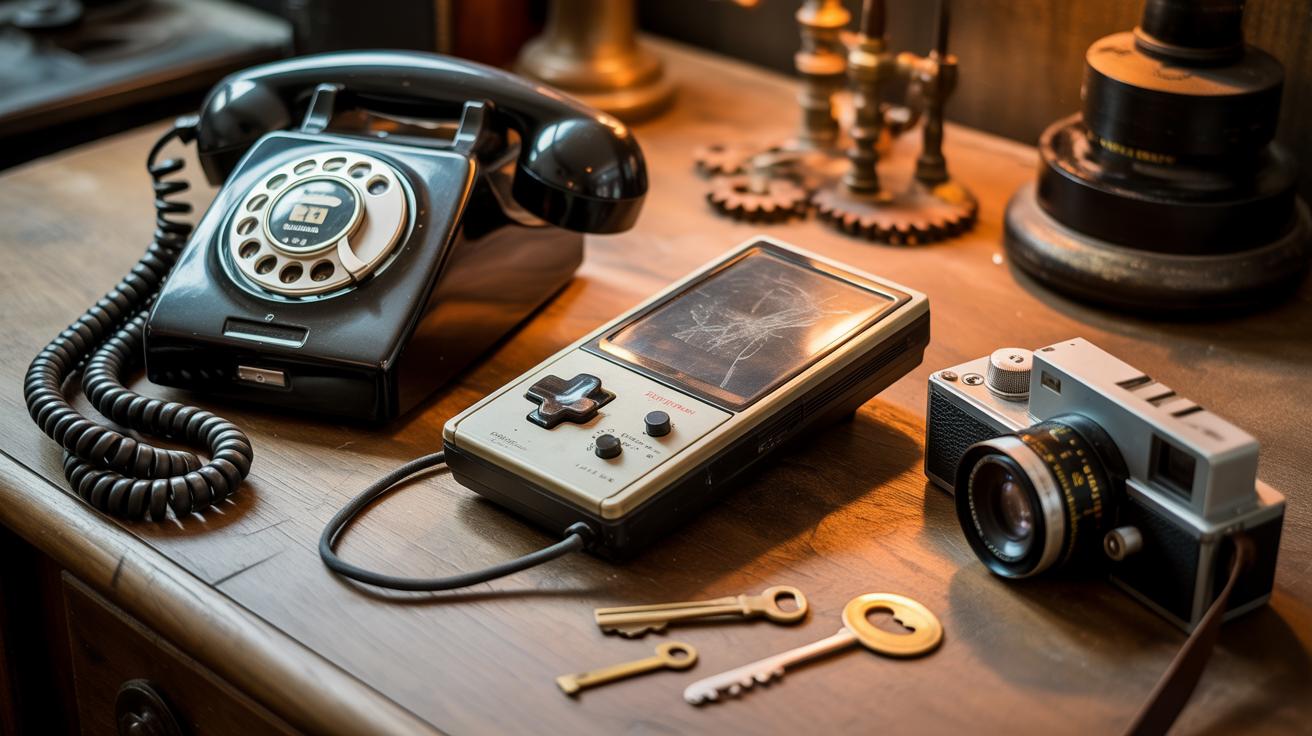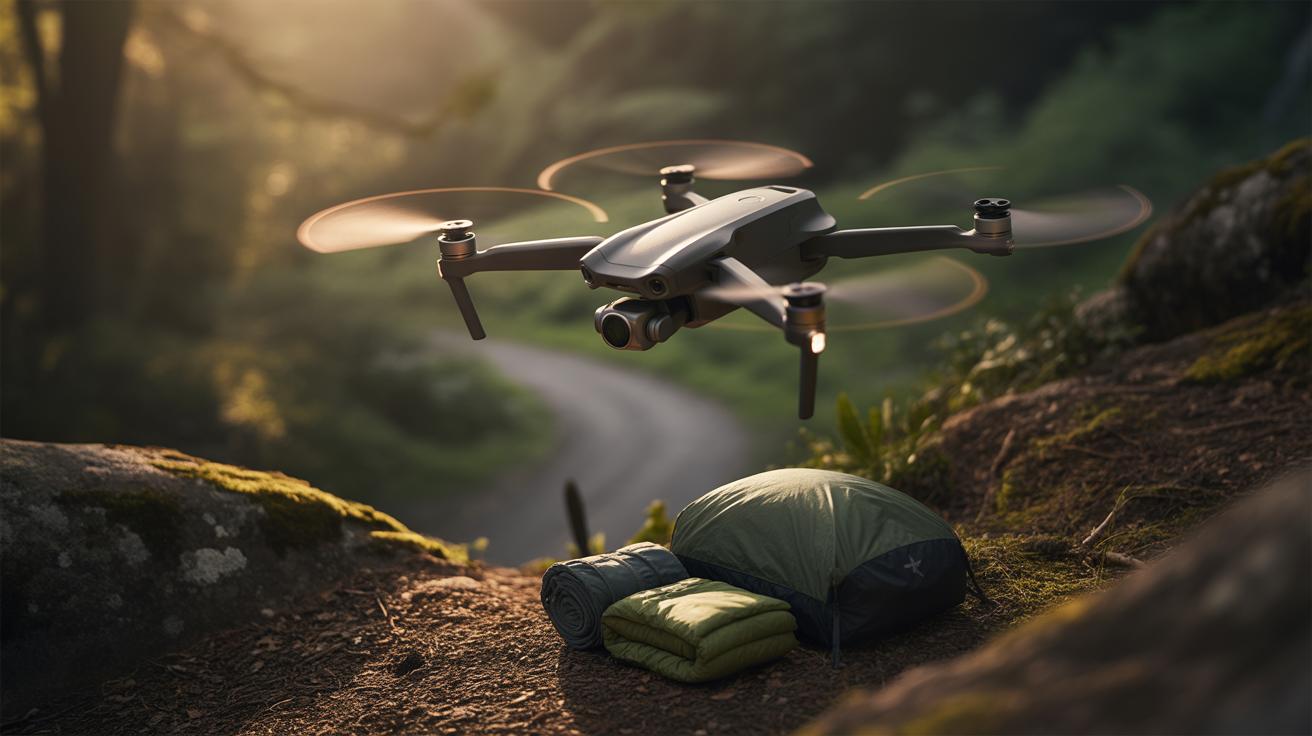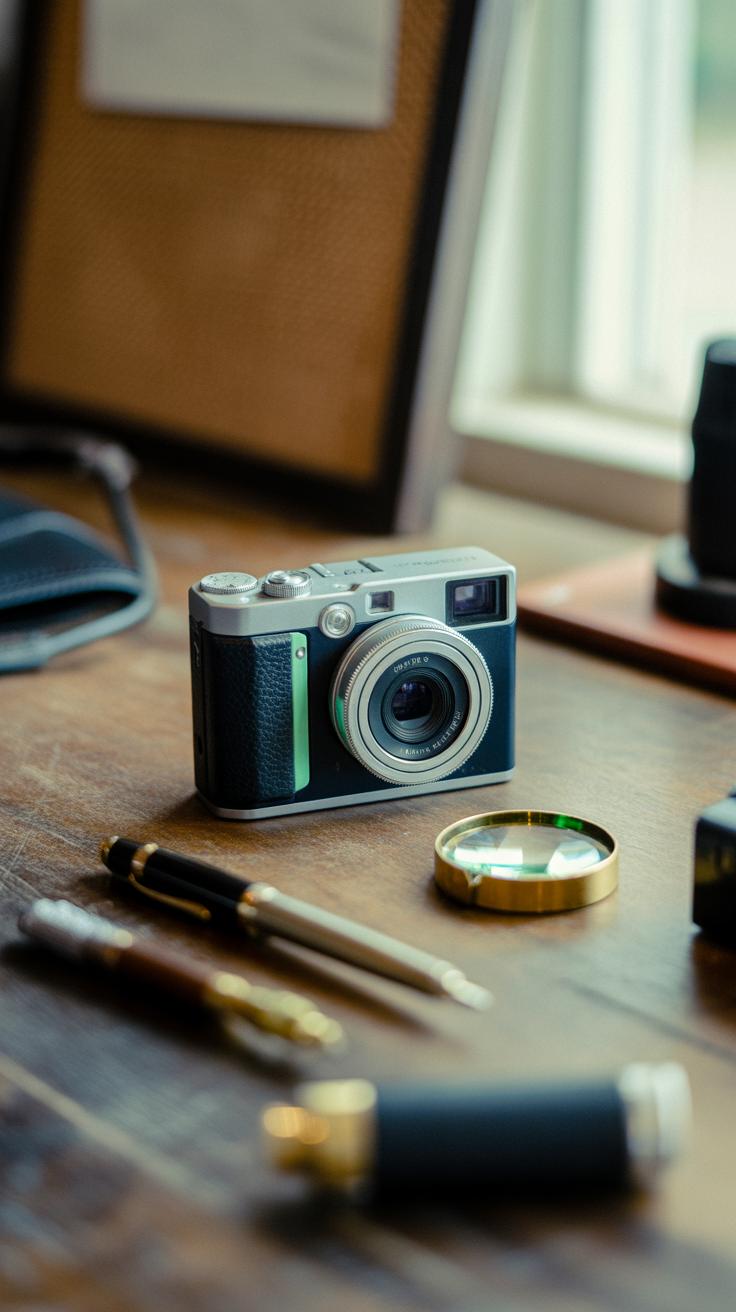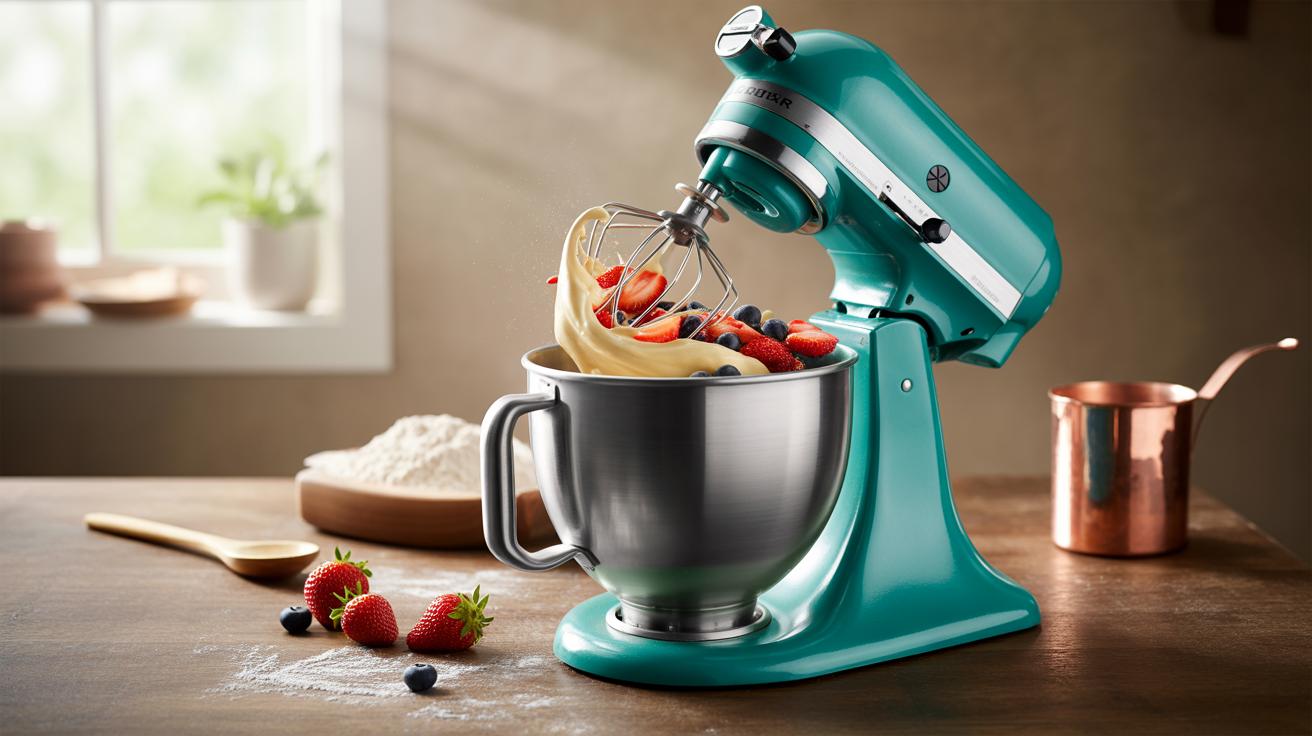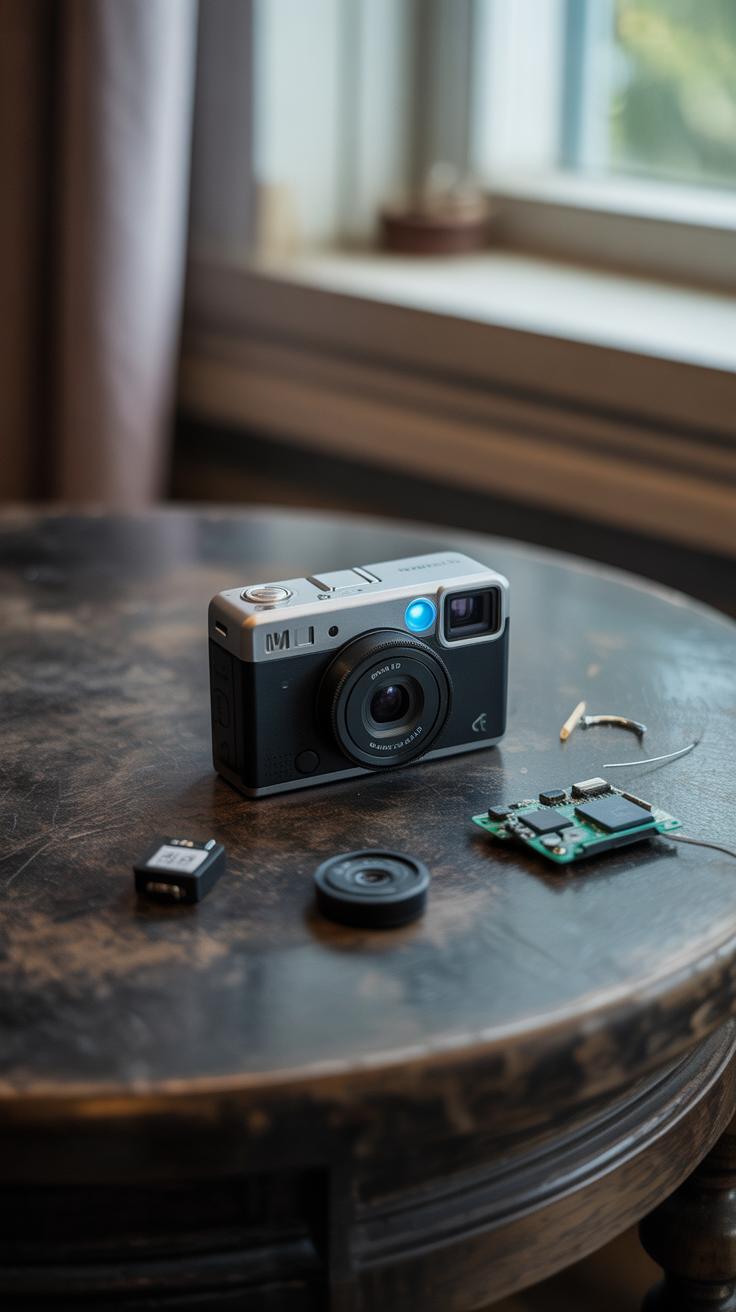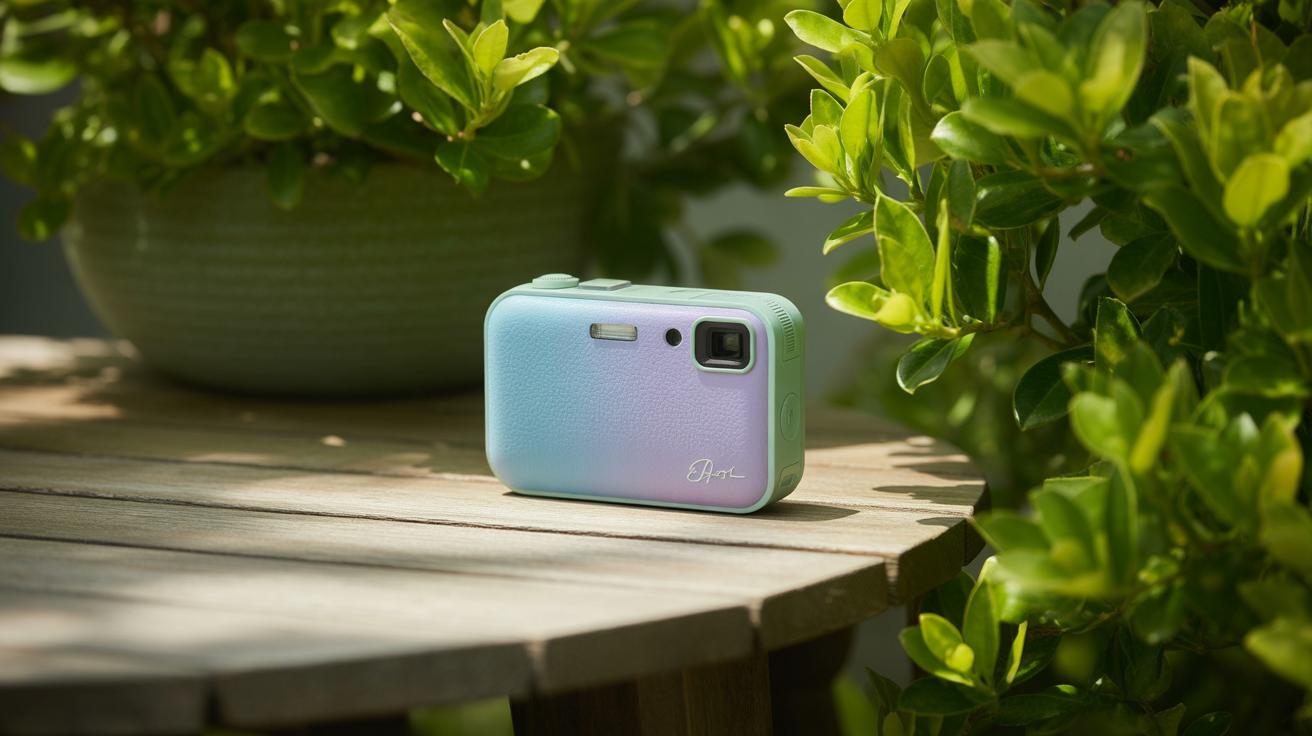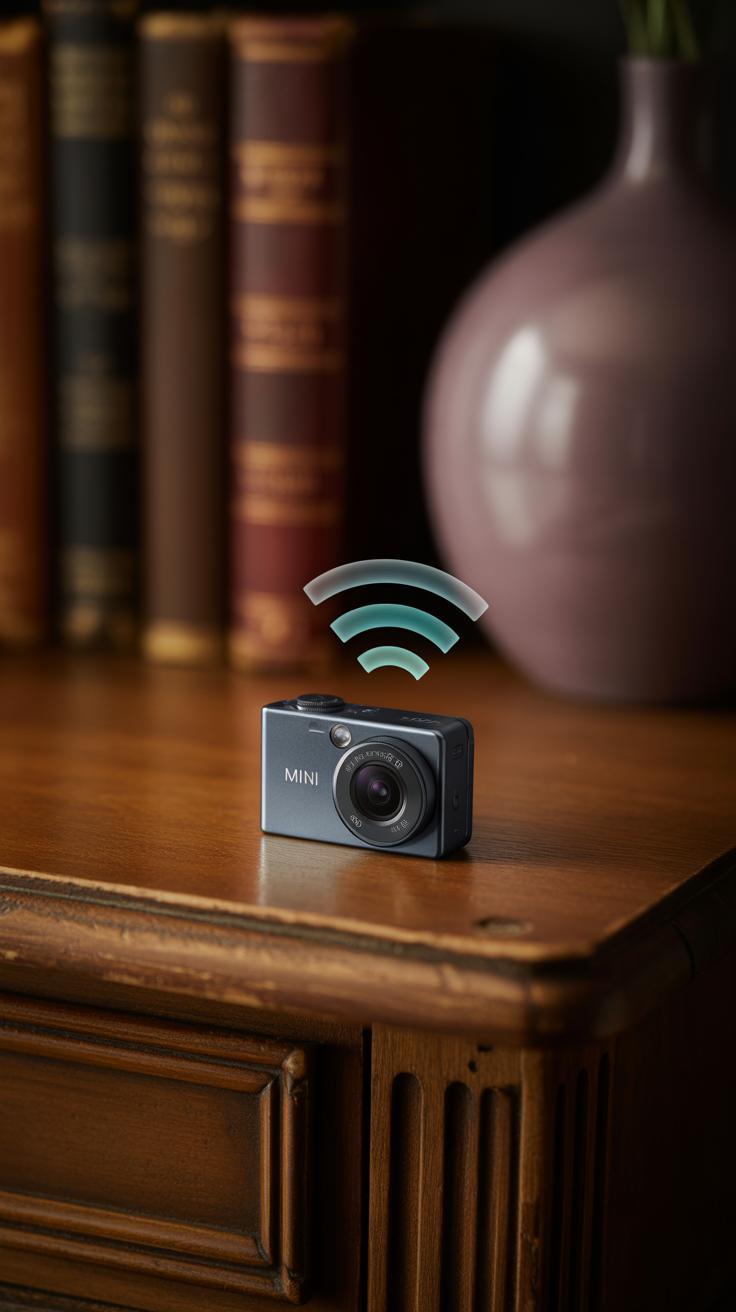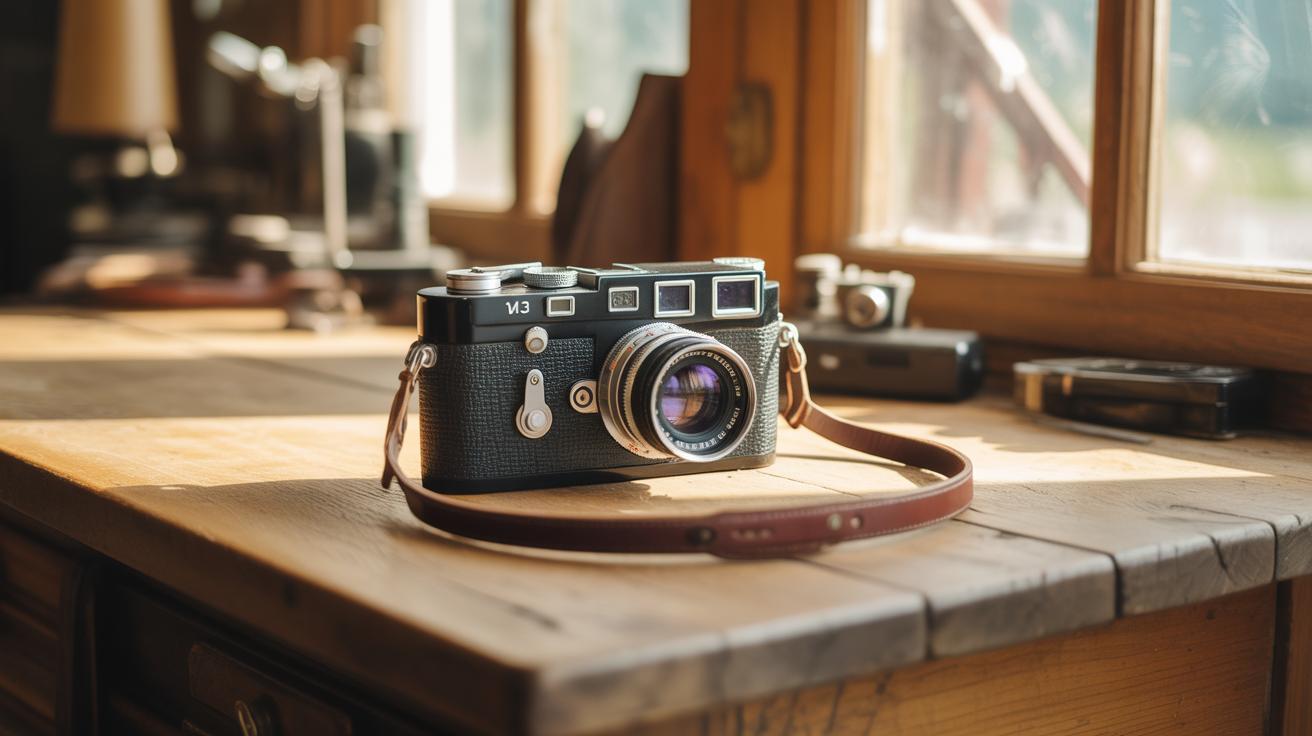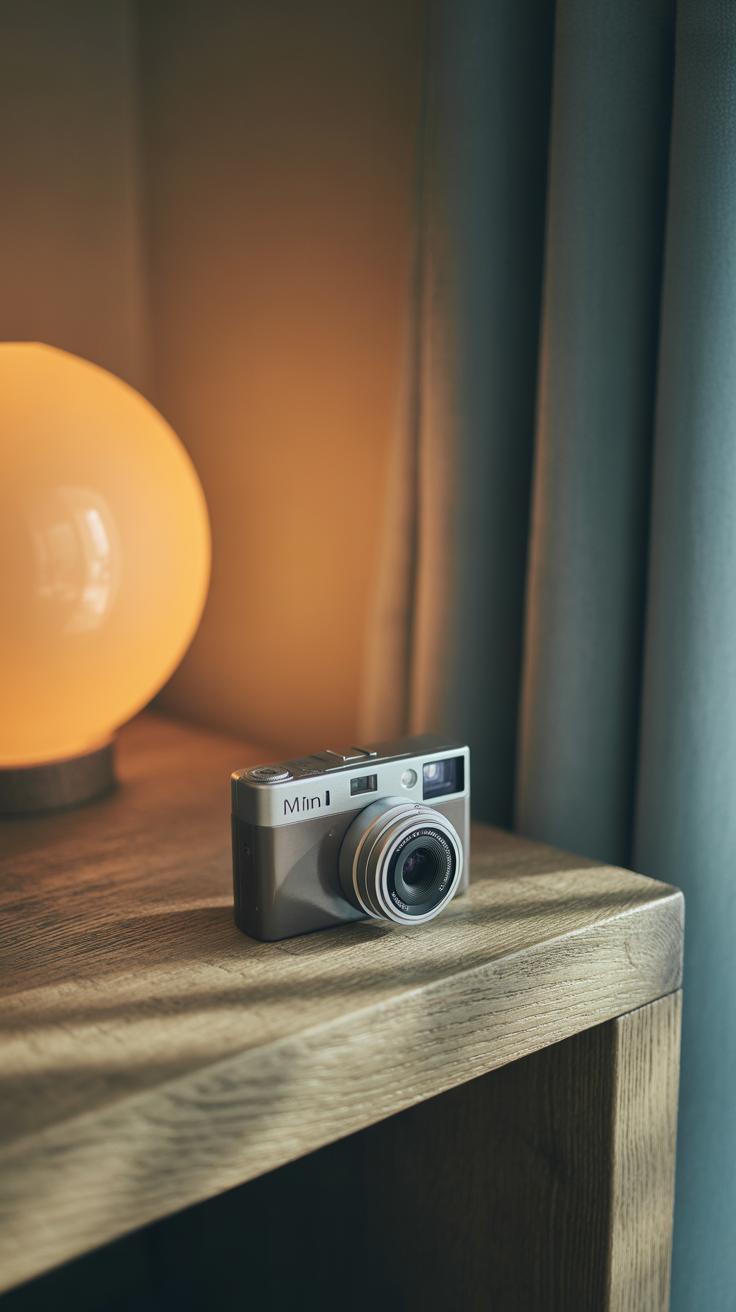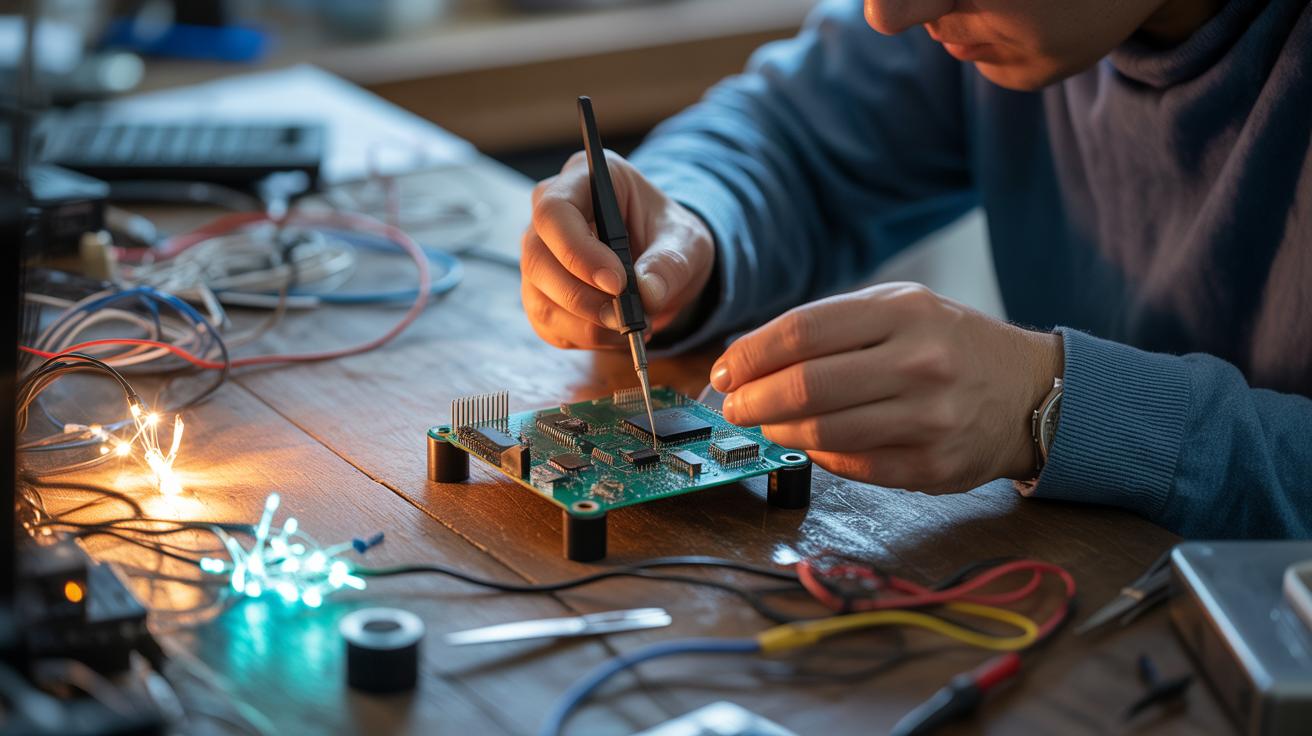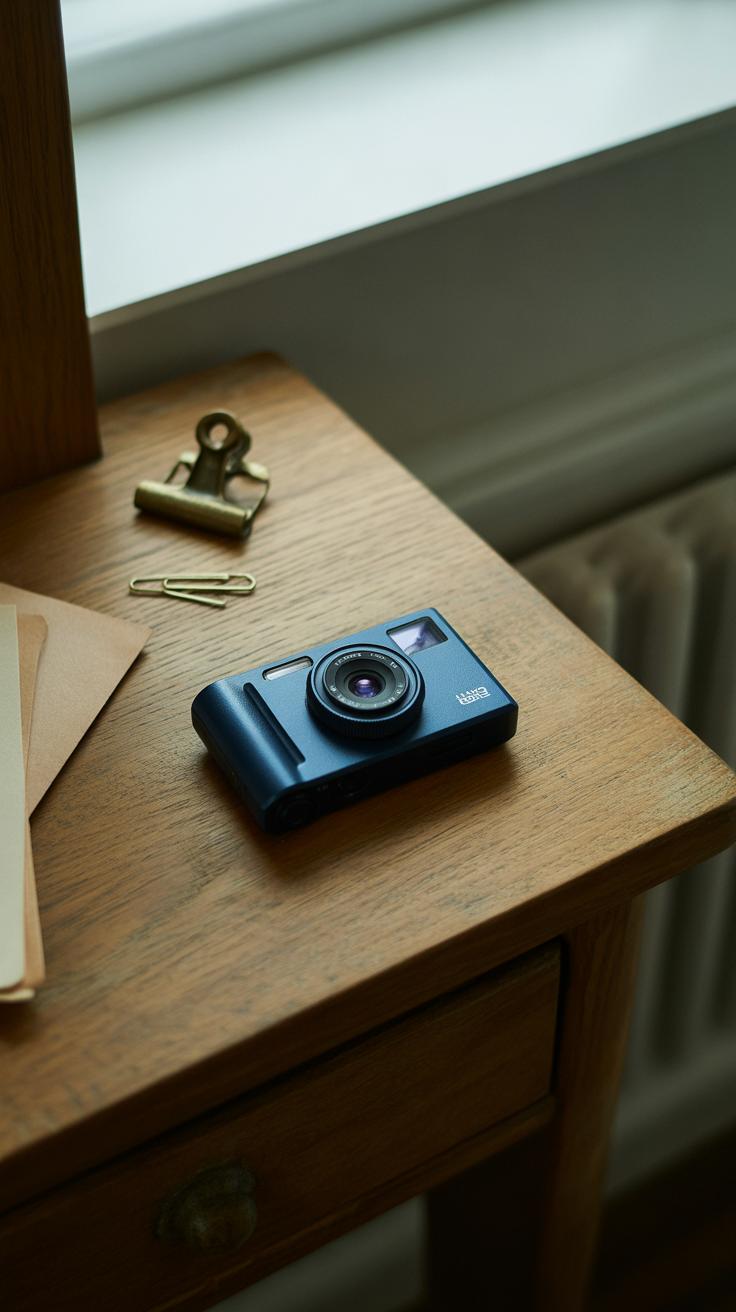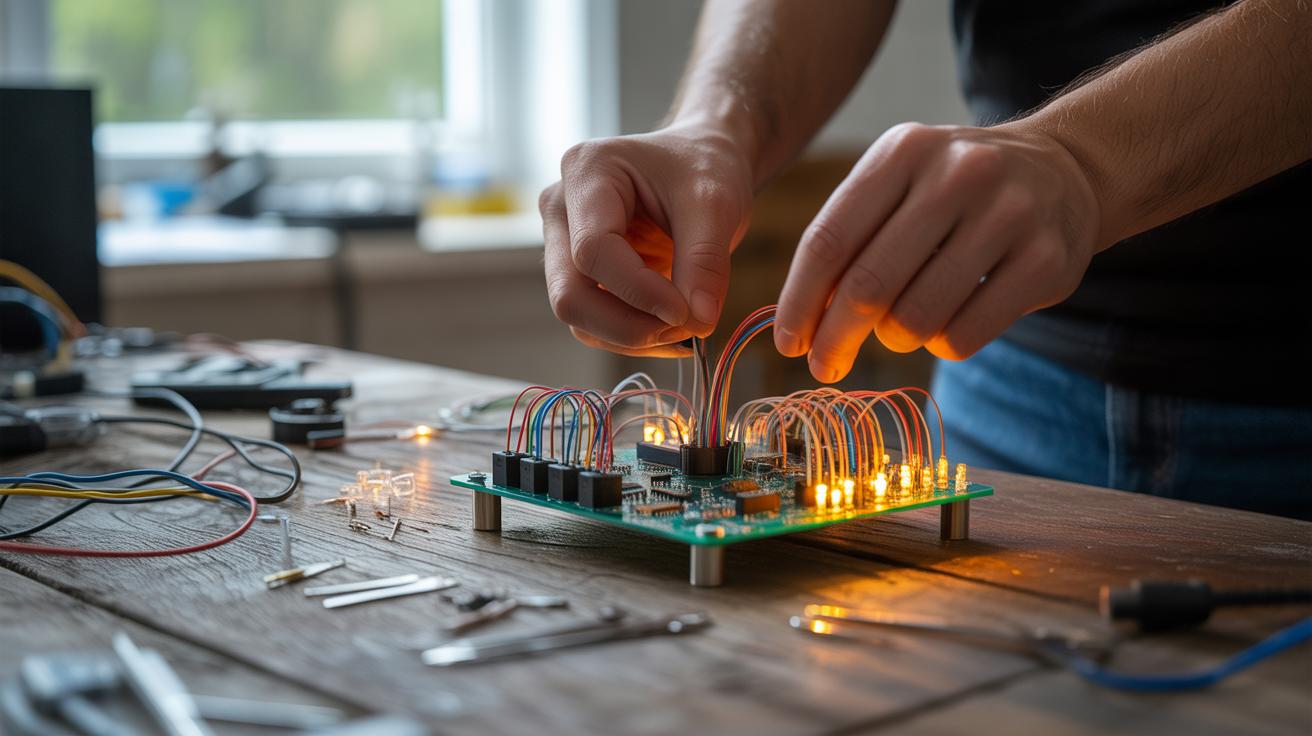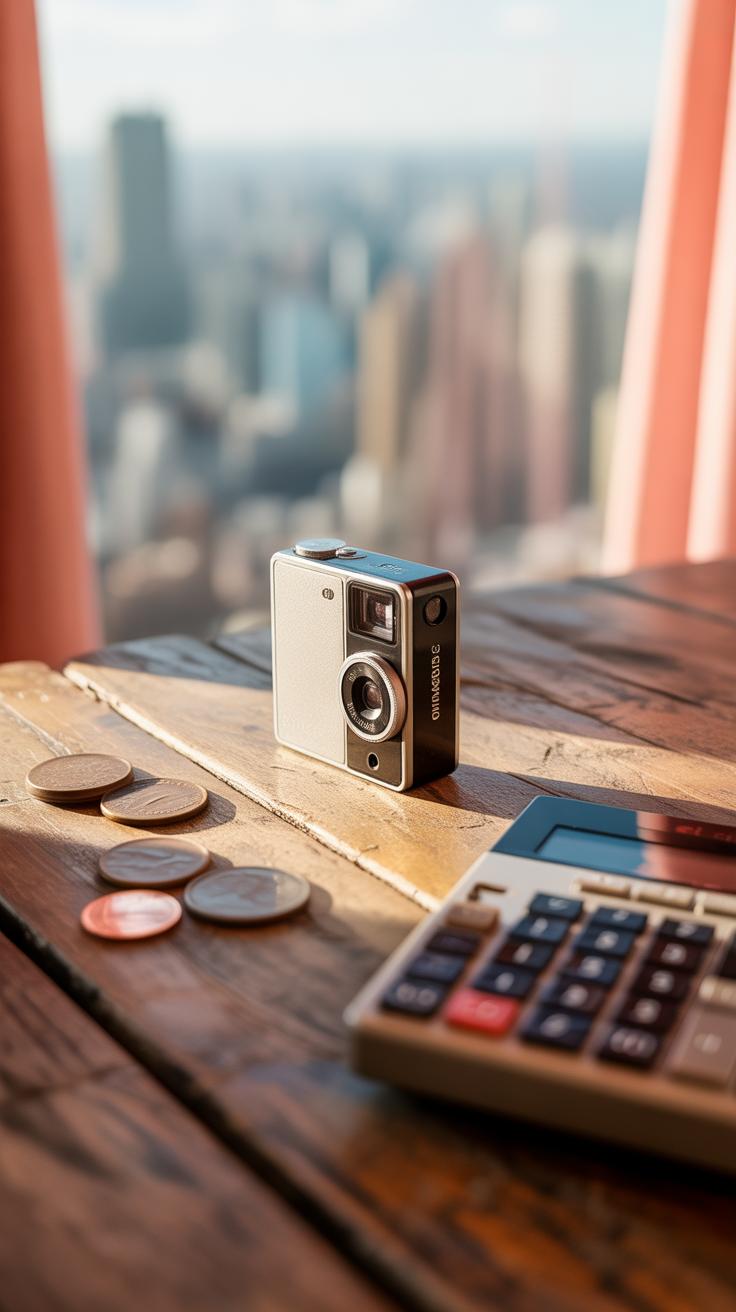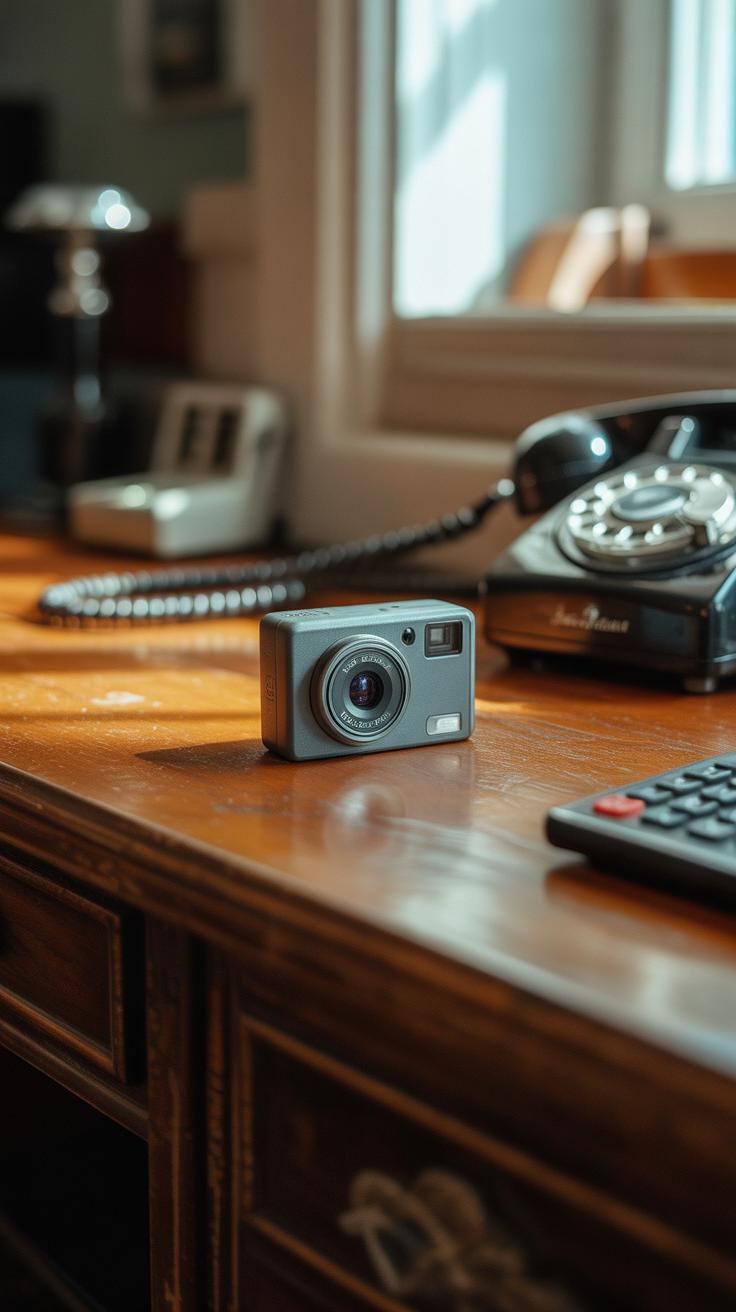Introduction
Mini cameras have gained popularity for their small size and versatile uses. Whether you want to monitor your home, capture moments discreetly, or use it for hobbies, understanding the key features can help you choose the right one. This guide explores the important aspects of mini cameras to inform your buying decision.
You will learn about camera types, sizes, recording capabilities, connectivity, power options, and legal concerns. Knowing these details ensures you pick a mini camera that suits your need without surprises.
Mini Camera Overview
Mini cameras are small, portable devices designed to capture video and images without drawing much attention. You could say they’re basically compact cameras, but their size opens up uses that standard cameras just can’t match. People often buy them for reasons that range widely—from keeping an eye on personal belongings to recording events discreetly or even just for fun.
The typical purposes for mini cameras usually split into a few categories:
- Security: Monitoring your home or office, catching unusual activity.
- Personal monitoring: Watching over pets, children, or elderly family members when you’re away.
- Entertainment: Vlogging, small-scale filmmaking, or capturing sporting activities where bulky gear is impractical.
What really sticks out about these cameras is how small they are. Their compact size lets you place or wear them in spots where a full-sized camera wouldn’t fit or would feel awkward. For example, slipping one on a shelf corner, a backpack strap, or even a lapel pin becomes possible. This means you can record discreetly without altering your environment much.
Some might wonder if smaller means less quality, but mini cameras continue to improve. Plus, the advantages in mobility and concealment often outweigh minor compromises in resolution or features. Have you ever tried using a regular camera in tight spaces? Mini cameras make that hassle disappear, which can be a big deal depending on your needs.
Camera Types and Designs
Mini cameras come in several distinct types, each shaped by its design to serve specific needs. You’ll find wired models that connect directly to power sources and storage devices, which sometimes feel a bit limiting but often perform reliably without worrying about battery life. Wireless mini cameras offer more freedom—you can place them almost anywhere without dragging cables around, though setting them up can occasionally be tricky, especially if your Wi-Fi isn’t the best.
Hidden cameras take a different approach, blending discreetly into everyday objects like clocks, smoke detectors, or even pens. Their appearance is key to their function; the less noticeable, the more effective they can be for surveillance. But disguising a camera often means compromises in size or lens angle, which might affect how much you actually capture.
Then you have camera drones—tiny flying devices that bring a camera’s perspective to new heights. These stand apart by combining mobility and an expansive view, but they rely on batteries and often require some skill to pilot. The design here is a balance between compactness, flight stability, and camera quality, each factor influencing your experience.
Wired vs Wireless Cameras
When choosing between wired and wireless mini cameras, think about where and how you’ll use them. Wired cameras are usually more stable in connection. No sudden interruptions from spotty signals but less flexible placement. Setting them up might mean dealing with cables—sometimes a hassle, yet often simpler if you have a fixed spot for your camera.
Wireless cameras, on the other hand, score high on mobility. You’re free to move them, or adjust angles on the fly, which suits dynamic environments. But, their reliance on Wi-Fi can be a downside. If your connection wavers, so does your footage. Battery life also comes into play—you need to keep the camera charged, or risk missing important moments.
Hidden Cameras and Drones
Hidden mini cameras fascinate me because of their clever disguises. Imagine a camera tucked inside a seemingly normal air freshener or a USB charger. They capture what’s happening without drawing attention. Yet, their secretive design often means smaller lenses and limited viewing angles, so sometimes the footage isn’t as comprehensive as you might hope.
Drones offer a different thrill—being able to hover and move freely lets you capture scenes from perspectives you just can’t get otherwise. Their designs have become more compact, but the complexity of flying them and managing battery makes them a less casual choice. Still, if you want coverage from above or to survey wide areas, drones are tough to beat.
Image and Video Quality
Resolution Explained
Resolution basically means the number of pixels a camera can capture in an image. More pixels usually mean sharper, clearer photos. For mini cameras, typical resolutions range from 720p (HD) to 4K. You might think higher resolution always guarantees better detail, but that’s not always the case. Sometimes a 1080p image looks better than a low-quality 4K because of lens or sensor quality.
Think of it like zooming in — with high resolution, you can crop or enlarge photos without losing clarity. But be cautious: more pixels also demand more storage space, so balance what matters to you between quality and file size. And, oddly enough, some mini cameras boast high resolution specs but deliver blurry images due to other factors.
Video Frame Rates
Frame rate refers to how many frames the camera records per second, expressed in fps (frames per second). Common frame rates include 24fps, 30fps, and 60fps. Higher fps means smoother video, capturing motion more naturally. For example, 60fps is great for action or fast scenes since it reduces blur.
But you don’t always need super-high frame rates unless you’re filming something moving quickly. Sometimes 30fps does just fine, saving battery and storage. Also, a high frame rate paired with low resolution might not improve image clarity much. So, finding the right combo depends on your specific mini camera and how you plan to use it.
Power and Battery Life
Battery Capacity Basics
When looking at mini cameras, battery capacity often pops up but can feel a bit abstract. It basically refers to how much electric charge the battery can hold, usually measured in milliampere-hours (mAh). Think of it as the fuel tank size for your camera. The bigger it is, the longer your camera can operate before needing a recharge. But capacity alone doesn’t tell the whole story since factors like power consumption and settings also matter.
For example, a mini camera with a 1000mAh battery might last 2-3 hours on continuous video recording, but if you use power-saving modes or shoot in intervals, it could stretch out further. Conversely, a smaller battery with efficient components might outperform a larger one that’s less optimized. It’s a bit of a mix between how much energy is stored and how your device uses it.
Extending Usage Time
To get the most out of your mini camera’s battery, you might want to try a few straightforward tricks. Turning on power-saving modes can drop the camera’s energy use quite a bit, especially when it’s idle or waiting to record. Sometimes, closing unnecessary features like Wi-Fi when not needed helps, too.
Charging options also influence how you manage power. Some mini cameras let you charge via USB while recording, which can be a lifesaver if you have access to a power source. Others might support removable batteries, so you can carry spares for longer sessions. Personally, I prefer having a portable charger handy—makes interruptions less frustrating.
Another thing… consider lowering screen brightness or disabling live view if you don’t need it nonstop. These small adjustments may seem minor, but they add up. Have you found any tweaks that boost your camera’s run time? Sometimes the difference is just a matter of tweaking settings here and there.
Connectivity Options
Mini cameras today usually offer several ways to connect and store footage, but not all methods suit every situation. The most common wireless options include Wi-Fi and Bluetooth. Wi-Fi lets you link the camera directly to your home network, often allowing full control via a smartphone app. It’s great if you want to check live video or adjust settings remotely, but it can drain the battery faster and might be tricky in places with weak signals.
Bluetooth, on the other hand, is simpler and uses less power, but it only works over short distances. If your camera relies on Bluetooth alone, you might find yourself constantly physically near the device to access or transfer videos.
When it comes to storing recordings, mini cameras typically offer two routes: local memory cards or live streaming. Having a microSD card slot means you keep footage saved right inside the camera. This can be convenient—you don’t depend on a network and files are easy to access later—but you do need to remember to swap or clear cards regularly. Also, some smaller devices limit card capacity, restricting how much video you can keep.
Live streaming is handy if you want to watch what’s happening as it happens, like monitoring a pet or a room remotely. But streaming uses more battery and data, and video quality can hiccup depending on your internet connection. I’ve noticed that sometimes the feed stutters or cuts out entirely, which can be frustrating if you’re relying on those live images.
So, when choosing connectivity for your mini camera, think about how often you’ll want to check footage on the go, where you’ll use the camera, and how much managing memory or power you’re comfortable with. These small trade-offs often shape the everyday experience more than you might expect.
Mounting and Placement
Choosing how and where to mount your mini camera can make a huge difference in the quality and usefulness of the footage. There’s no one-size-fits-all here. Some cameras come with fixed mounts like wall brackets, which are great for steady, long-term surveillance. You screw them into place and forget them. These work well indoors near entrances or corners where a wide field of view is needed.
On the flip side, portable mounts—clips, magnets, or suction cups—offer flexibility. You can move the camera easily when you need to shift focus. For example, a clip-on mini camera can attach to a jacket or bag, letting you capture moments on the go. This mobile option suits temporary setups or for those who dislike permanent fixtures.
Placement really depends on what you want to capture and how visible you want the camera to be. If the goal is security, placing it in less obvious spots, like above door frames or tucked into shelves, can catch people unaware. But if you need to monitor staff or a pet, a clear and direct line of sight might be better for clarity and accountability.
- Fixed mounts: wall brackets, ceiling mounts—best for consistent, hands-free monitoring.
- Portable mounts: clips, magnets, suction cups—ideal for temporary use and mobility.
- Placement tips: conceal for discreet surveillance, or keep visible for deterrence.
- Think about lighting—avoid placing cameras where glare or darkness dominates.
In my experience, even slight changes in angle can alter the footage dramatically. So, testing placement before final installation matters a lot. Also, remember that the environment plays a role—outdoor mounts may need weatherproofing and secure attachment to withstand wind or rain. Indoor setups might focus more on aesthetics and ease of access.
Where will you put your mini camera, and what do you really want it to do? That question sometimes simplifies this tricky decision more than any technical specs.
Legal and Privacy Considerations
Privacy Laws Overview
When you use a mini camera, you’re stepping into a tricky area where privacy laws often come into play. These laws can vary a lot depending on where you live, so it’s not as simple as “just don’t record without permission.” For example, many places require you to get consent before recording audio or video in private spaces. But what counts as private? That’s where things get fuzzy. Is a backyard private? What about a public park? Usually, you can record in public places, but even then, it’s smart to check local rules.
Some laws specifically address hidden cameras. In many areas, secretly recording someone without their knowledge—especially in places like bathrooms, hotel rooms, or changing areas—is illegal. It’s easy to accidentally cross the line if you’re not careful. If you’re buying a mini camera for security, nanny monitoring, or something similar, you should research laws about notification and signage. In short, don’t just assume because your camera is small, the same rules don’t apply.
Ethical Use of Cameras
Legal rules aside, ethics play a big part in how you should use a mini camera. Just because you can record, doesn’t always mean you should. Respecting others’ privacy means more than avoiding jail time—it means thinking about how your actions affect people’s trust and comfort. For example, recording family members without their knowledge can break bonds, even if it’s “for safety.”
Think about whether the person on the other end would feel okay knowing they were recorded. Sometimes, people expect privacy in places that aren’t strictly private by law. Using cameras in workplaces or rental properties can be another gray zone. You might have permission to keep an eye on your belongings, but capturing footage of coworkers or tenants? That’s another matter.
Ethical use requires balancing your needs with respect for boundaries. When in doubt, transparency is often the simplest path. A quiet heads-up or getting clear permission can save you a lot of trouble later—and maybe some awkward conversations right now.
Price Ranges and Budgeting
Mini cameras come in a wide range of prices, from as low as $20 to a few hundred dollars or more. What makes such a big difference in cost? It mainly depends on the features you want. For example, a basic mini camera with standard HD video and limited battery life might be very affordable, while one that records in 4K, has long-lasting batteries, and advanced sensors will push the price up significantly.
Some of the key factors that influence the price include:
- Resolution: Higher resolution cameras cost more. A 1080p camera might be enough for casual use, but 4K cameras, especially from well-known brands, hike the price.
- Battery Life: Cameras with longer battery life or rechargeable batteries usually cost extra because of better power management and components.
- Brand and Build Quality: Trusted brands often charge more for reliability and customer support. Cheaper options might feel flimsy or lack durability.
- Additional Features: Night vision, waterproofing, motion detection, and Wi-Fi connectivity can all add to the cost.
You might wonder if paying more always means getting better value. Not necessarily. Sometimes, budget models cover basic needs perfectly well, especially if you’re not using the camera professionally. On the flip side, overspending on features you rarely use isn’t wise either. I once bought a mini camera with all the bells and whistles, only to find half those features collected dust.
To avoid overpaying, start by listing what you really need. Are you okay with 720p or do you need full HD? Do you use it daily or on occasion? This clarity can save you a lot. Look for reviews and comparisons focused on value rather than just specs, since context matters.
How to Choose Your Mini Camera
Start by asking yourself why you want a mini camera. Do you need it for security, for capturing quick moments, or maybe for something like pet monitoring? Your purpose will shape what features truly matter. For example, if you want to keep an eye on your home, night vision could be crucial. But if it’s for casual use, maybe battery life or ease of use matters more.
Think about where you’ll use it most. Indoor or outdoor? Will it face bright sunlight—or mostly dim environments? This affects what specs weigh heavier for you: weather resistance, lens quality, or video resolution. Sometimes high resolution sounds great, but if you need longer recording time or quick alerts, other features could take priority instead.
Next, compare several models side by side. Look past marketing claims and focus on core specs like video quality, storage type, connectivity, and battery life. Don’t just glance at pictures or lists. Check user reviews that mention real-life experiences like setup hassles or how long batteries really last. These details often tell a different story than product descriptions.
Ask questions about the camera’s compatibility with your devices and apps. Will it link easily to your phone or home system? Can you get alerts fast enough? Also, consider the size and mounting options—sometimes tiny means fragile or fiddly to fix in place. Matching these practical aspects with how you plan to use the camera usually points you in the right direction, even if it means sacrificing some specs you initially thought were must-haves.
Conclusions
Choosing a mini camera requires balancing size, image quality, battery life, and connectivity. Think about how and where you want to use it. Mini cameras come in many variations with different strengths.
With proper knowledge of features and legal considerations, you can confidently select a mini camera that fits your lifestyle. This makes sure you get useful functionality while respecting privacy and regulations.

